‘Climate Change is creating risk to food security and fuelling migration in countries of Global South’ -Dr. Giri Kandel
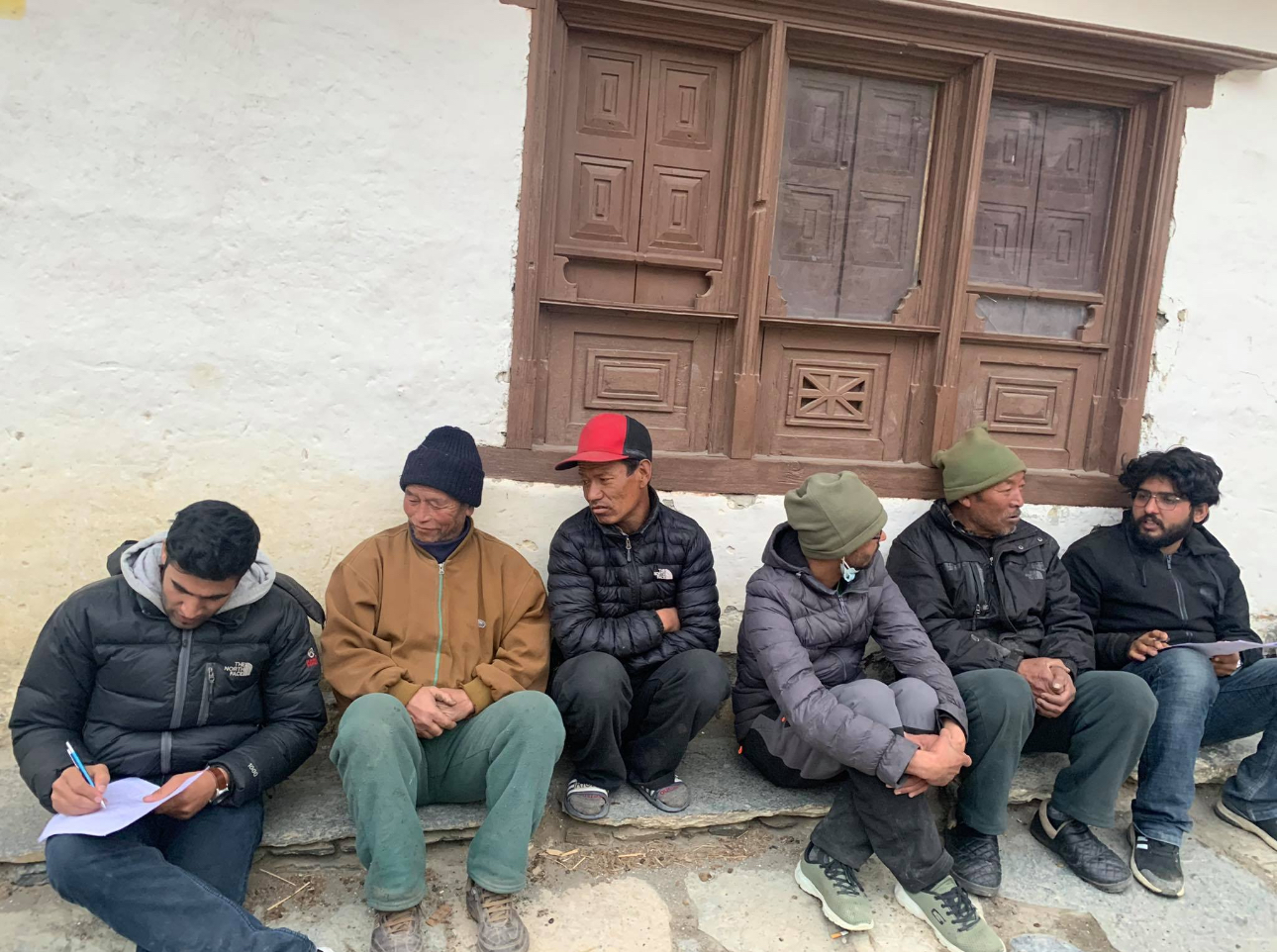
A researcher at the Czech University of Life Sciences (CZU) in Prague, DR GIRI KANDEL specialises in climate change, adaptation strategies, food security, and migration. In addition to research, Dr. Kandel teaches Institutional and Behavioural Science as well as the Farming System at CZU. He is currently involved in three European projects: Eco-Ready Project, Inspire Project, and Nostradamus Project, which focus on developing resilience strategies and policy tools for addressing the socioecological challenges of climate change, particularly within the European food system. Kandel obtained MSc in Agricultural Economics from Czech University of Life Sciences, Prague, and obtained PhD in Sustainable Development from the same university. He spoke to BHAGIRATH YOGI on the impact of climate change on agriculture and migration, among others. Excerpts of the interview:
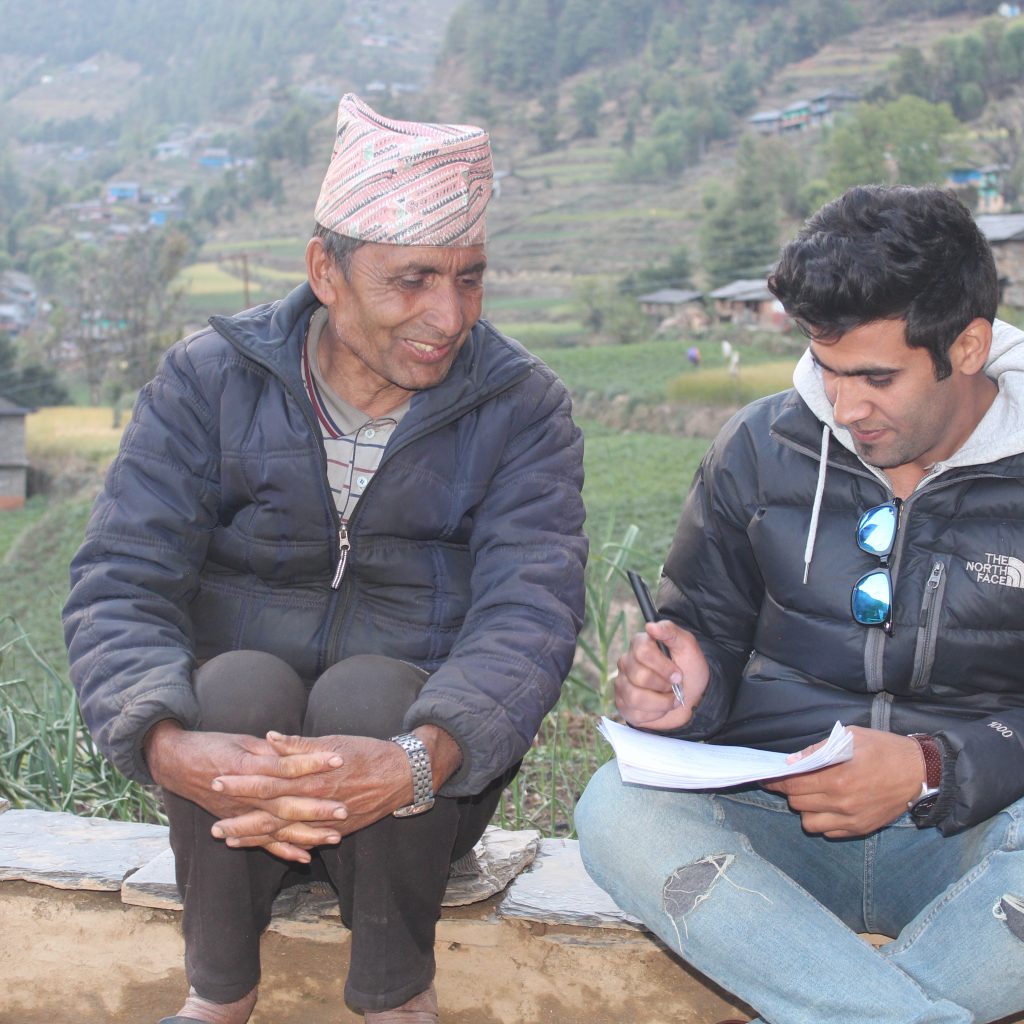
What are the key ways in which climate change is currently affecting food security in the Global South?
Climate change adversely affects food security in the Global South, primarily through its effects on agriculture. An increase in extreme weather events, including droughts, floods, and landslides, has led to a decline in agricultural productivity and food availability. In addition, erratic rainfall primarily disrupts conventional farming systems, creating challenges for farmers. Many farmers in the Global South rely heavily on rain-fed agriculture, making them especially vulnerable to climate variability.
Furthermore, the shift in climate zones has introduced new pests and diseases, threatened crops and livestock and added another layer of risk. The limited access to resources, information, technology, and financial support further exacerbates these challenges, particularly for smallholder farmers. These cascading effects indicate that food insecurity is not merely a problem of availability but also accessibility, utilization, and stability—the key pillars of food security. In the Global South, where communities are particularly vulnerable due to limited adaptive capacity, the synergistic effect of these factors places them at risk of chronic hunger and malnutrition.
What has been the impact of climate change on food security and migration especially among smallholder farmers in Nepal?
According to Maplecroft’s Climate Change Vulnerability Index, Nepal is ranked the fourth most vulnerable country worldwide, receiving a “Severe” rating, the highest category. Meanwhile, in Nepal, the nexus between climate change, food security, and migration is deeply interconnected. Nepal’s smallholder farmers, who depend almost entirely on rain-fed agriculture, are highly vulnerable to the adverse effects of climate extreme events. These events substantially impact crop yields and livestock production, reducing the availability and accessibility of food and pushing many households into food insecurity.
On the other hand, migration plays a critical role in the adaptation strategy for these farmers. Despite agriculture being the primary sector for income, it no longer provides a reliable livelihood, and many seek opportunities elsewhere. For instance, seasonal and long-term migrations, both within the country and abroad, have become increasingly common in Nepal. The remittances frequently offer a temporary economic buffer and enhance food security within their households. However, in the long term, the departure of agricultural labourers from their countries of origin can lead to a decline in domestic productivity and, in many cases, to the abandonment of agricultural land due to a labour shortage. This dual impact highlights the complexity of the problem, as migration provides temporary relief but often exacerbates long-term agricultural challenges.
Did you see farmers in Nepal employing any adaptation measures in the wake of the climate change?
Indeed, farmers in Nepal are implementing various adaptation measures to combat the impacts of climate change, though the effectiveness of these measures varies. Many are shifting towards drought-resistant and early maturing crop varieties, which offer some resilience against erratic rainfall and prolonged dry spells. Crop diversification, particularly the move towards high-value crops like vegetables and fruits, has also gained traction, especially in hilly and mountainous regions. Also, irrigation has become a critical tool, with farmers increasingly investing in rainwater harvesting and small-scale irrigation systems to combat drought conditions. Other strategies, such as agroforestry practices, which integrate trees with crops, help reduce soil erosion and maintain ecosystem stability. Beyond farming practices, many households diversify their income sources by engaging in off-farm activities, while temporary migration provides a financial buffer during difficult periods. These adaptation strategies are indicative of the resilience and resourcefulness of Nepalese farmers. However, implementing these strategies is hindered by several factors, including limited access to resources, credit, information, and modern technology.
What did your study find regarding the state of climate migration in Nepal?
Our study revealed that climate migration in Nepal is not merely an emerging phenomenon, but a profoundly entrenched coping mechanism employed by smallholder farmers. Due to recurring climate shocks, such as droughts and floods, many farmers cannot sustain their livelihoods through agriculture alone. Hence, migration, particularly seasonal and short-term, has become a common strategy to diversify household income and mitigate the impacts of food insecurity.
A combination of environmental, economic, and social factors often influences the decision to migrate. Climate-induced disasters degrade agricultural land and disrupt local economies, pushing individuals and families to seek better opportunities in urban areas or abroad. Our study showed that the remittances by migrants have played a significant role in improving the food security of their households. However, the lack of labour in rural farming communities has also led to challenges, including land abandonment and reduced agricultural productivity, which poses significant risks to long-term food security.
How do you see the relationship between climate change and migration patterns evolving in the coming decades?
Looking ahead, the relationship between climate change and migration will likely intensify. As climate impacts become more severe and frequent, we can expect a surge in migration from rural areas highly dependent on agriculture. Regions such as the Himalayan foothills in Nepal are particularly vulnerable to the adverse effects of climate change. Agriculture in this area struggles to cope with changing rainfall patterns and soil degradation. Migration will broaden its scope, encompassing seasonal and short-term movements and more permanent relocations within countries and across borders.
Urban centres will face increased pressure as more migrants search for jobs and better living conditions, potentially straining infrastructure and public services. This evolving dynamic underscores the urgent need for governments and international organizations to address the root causes of climate migration. Strategies must include building resilience in rural areas through improved adaptation measures, ensuring equitable access to resources, and creating economic opportunities that reduce migration needs.
Could you provide examples of specific regions or communities in the Global South that are particularly vulnerable to the impacts of climate change on food security?
Certainly. Mountainous regions, such as the Himalayan part of Nepal, are especially vulnerable due to their fragile ecosystems and reliance on rain-fed agriculture. Similarly, the semi-arid regions of Sub-Saharan Africa face recurrent droughts that devastate crop yields and exacerbate food insecurity. Moreover, coastal communities in South and Southeast Asia, including parts of Bangladesh and the Mekong Delta in Vietnam, are under threat from rising sea levels, storm surges, and salinization of farmland.
These regions often lack the infrastructure and adaptive capacity to respond effectively to climate shocks. The most vulnerable populations, including smallholder farmers and marginalized communities, bear the brunt of these impacts. These areas face chronic food insecurity and escalating migration pressures if no significant intervention is taken soon.
What role do you think local governments and international organisations need to play in mitigating the impact of climate change on food security and migration?
The local governments and international organisations have a pivotal role in mitigating the impact of climate change on food security and migration. They must focus on building community resilience by promoting sustainable farming practices, improving access to irrigation, and ensuring the availability of drought-resistant seeds and other climate-smart technologies. Moreover, financial services, such as microloans and insurance, can help farmers invest in adaptive measures.
On the other hand, international organisations should play a key role in funding large-scale climate adaptation programs and facilitating technology transfer specifically to vulnerable regions. To address the interconnected challenges of food security, climate change, and migration, local governments, NGOs, and international stakeholders must collaborate in creating conducive policies.
What strategies or solutions have you found to be most effective in enhancing food security in the face of climate change in the Global South?
Based on my research, effective strategies to enhance food security in the face of climate change in the Global South must be tailored to specific locations and contexts, as a single approach may not be universally accplicable due to the region’s diversity. However, specific strategies have shown significant promise. The concept of climate-smart agriculture, which integrates conservation agriculture, agroforestry, and pest management, has demonstrated considerable potential. Moreover, promoting crop diversification, especially with high-value or drought-resistant crops, helps reduce the risk of crop failure.
Investments in rural infrastructure, such as irrigation systems and storage facilities, are essential for stabilizing food systems. Additionally, supporting smallholder farmers through access to credit, technology, and market linkages empowers them to implement adaptation strategies. Also, fostering community-based approaches, such as cooperative farming and knowledge-sharing networks, strengthens resilience at the grassroots level. By combining these strategies with robust policy support, we can build a sustainable and food-secure future in the Global South.






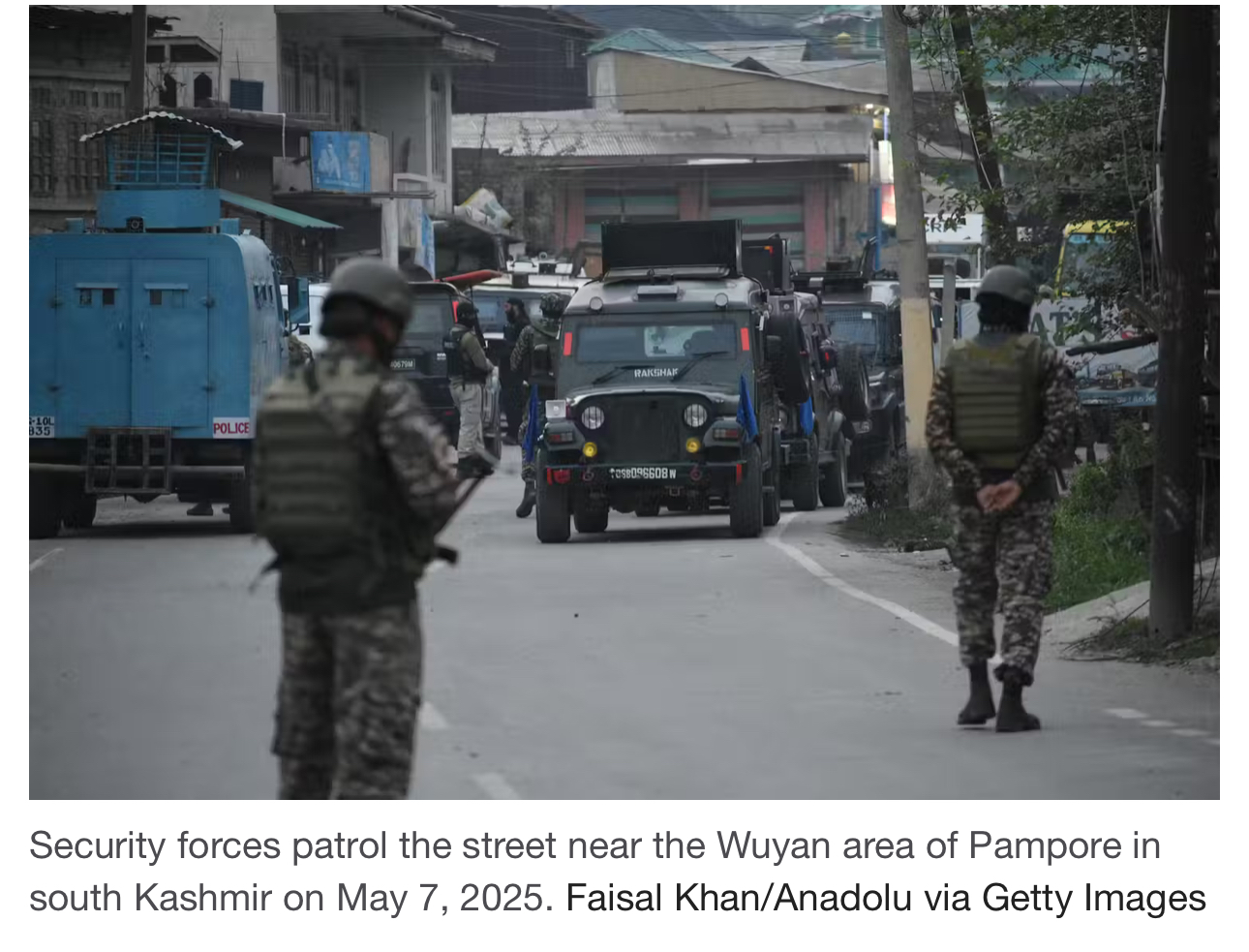


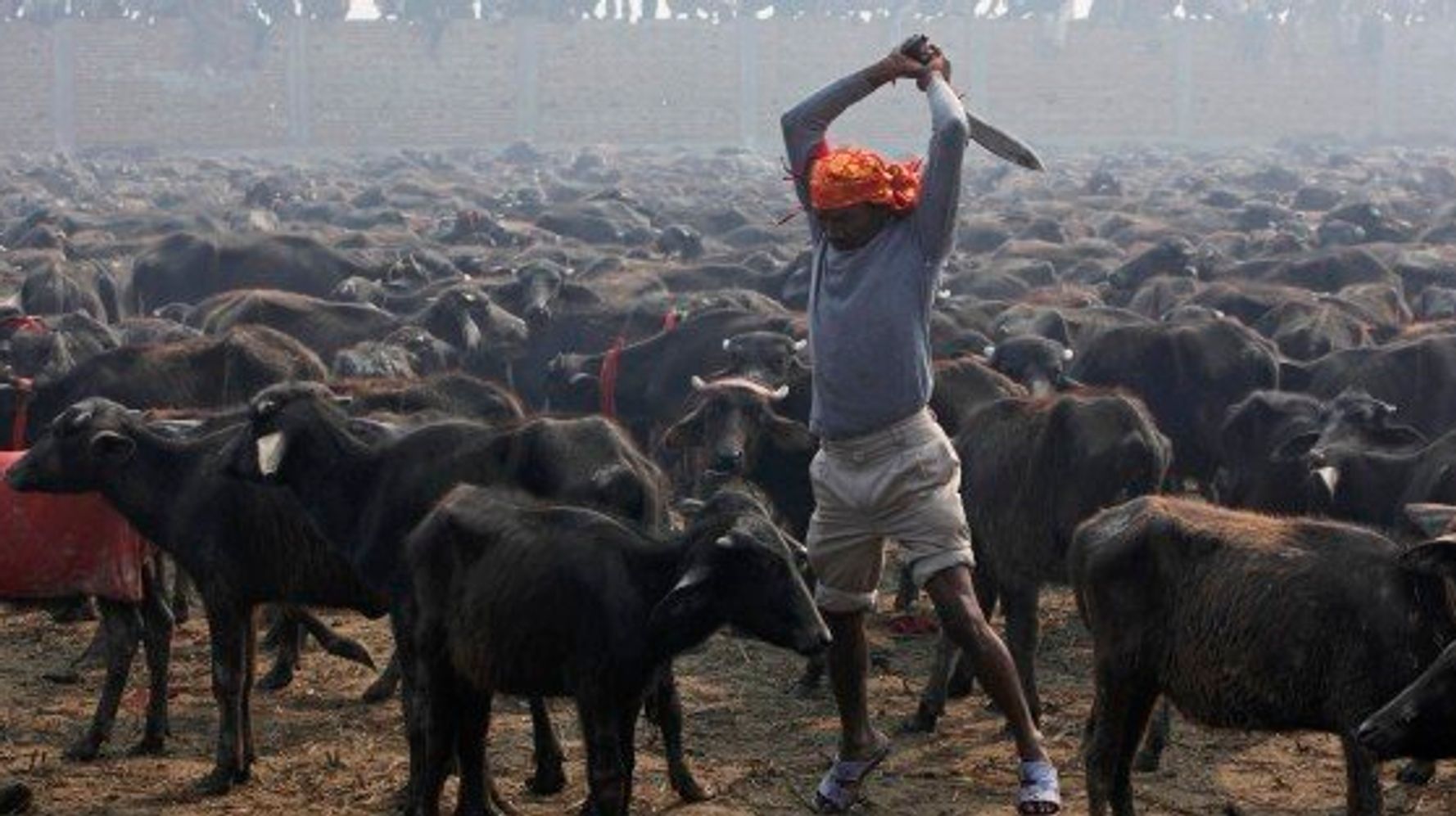
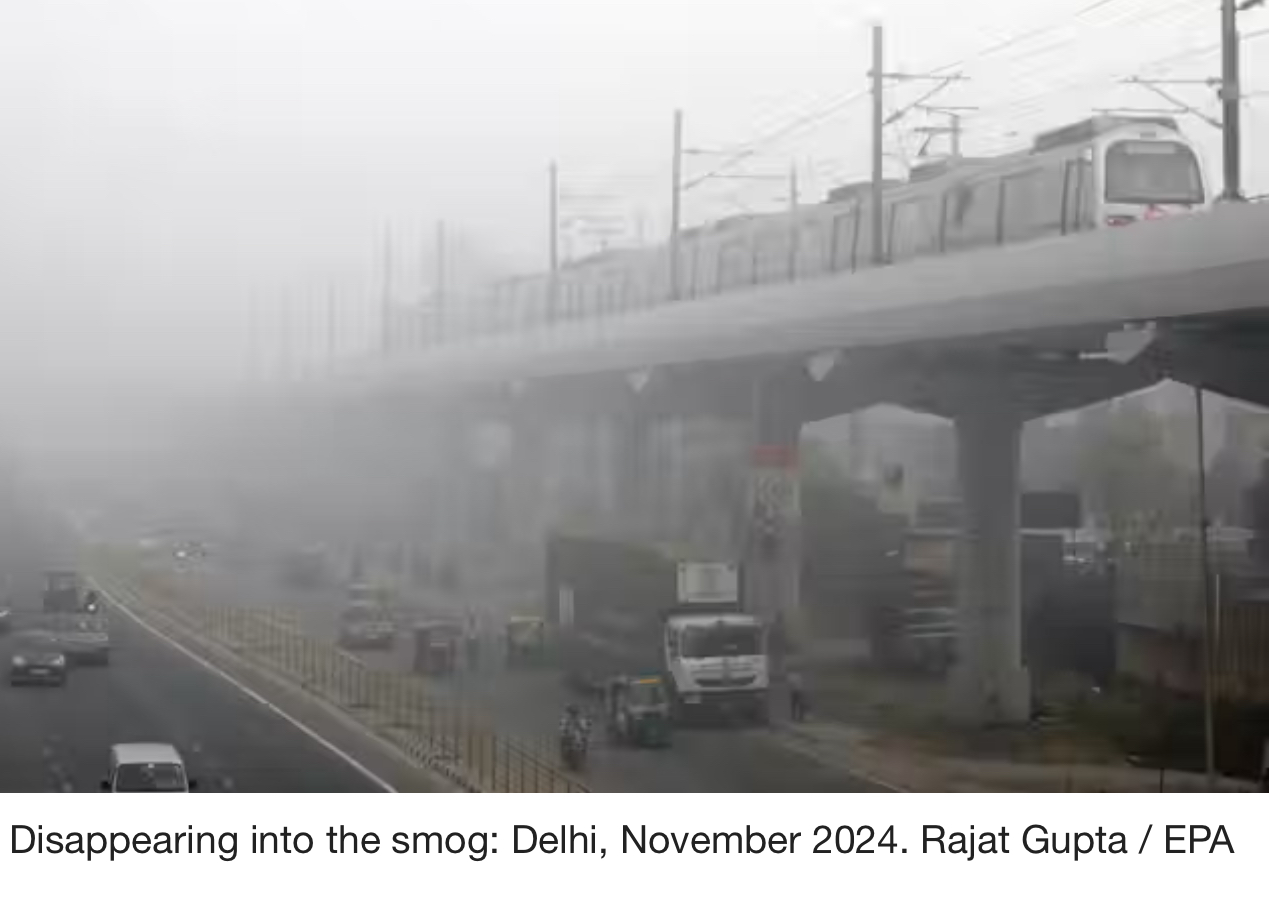








Facebook Comments